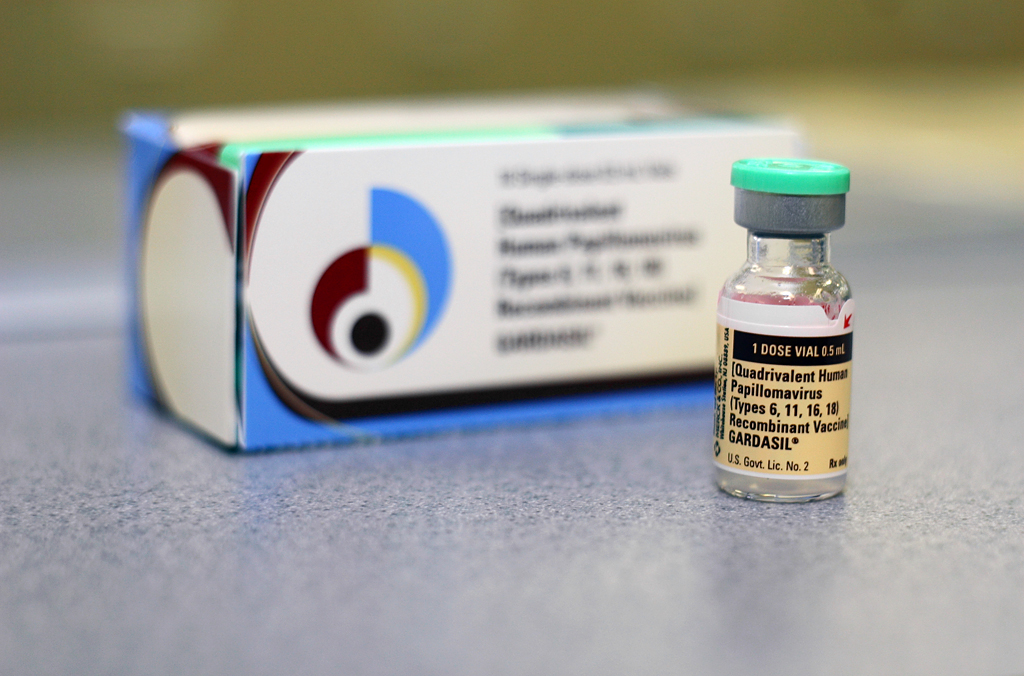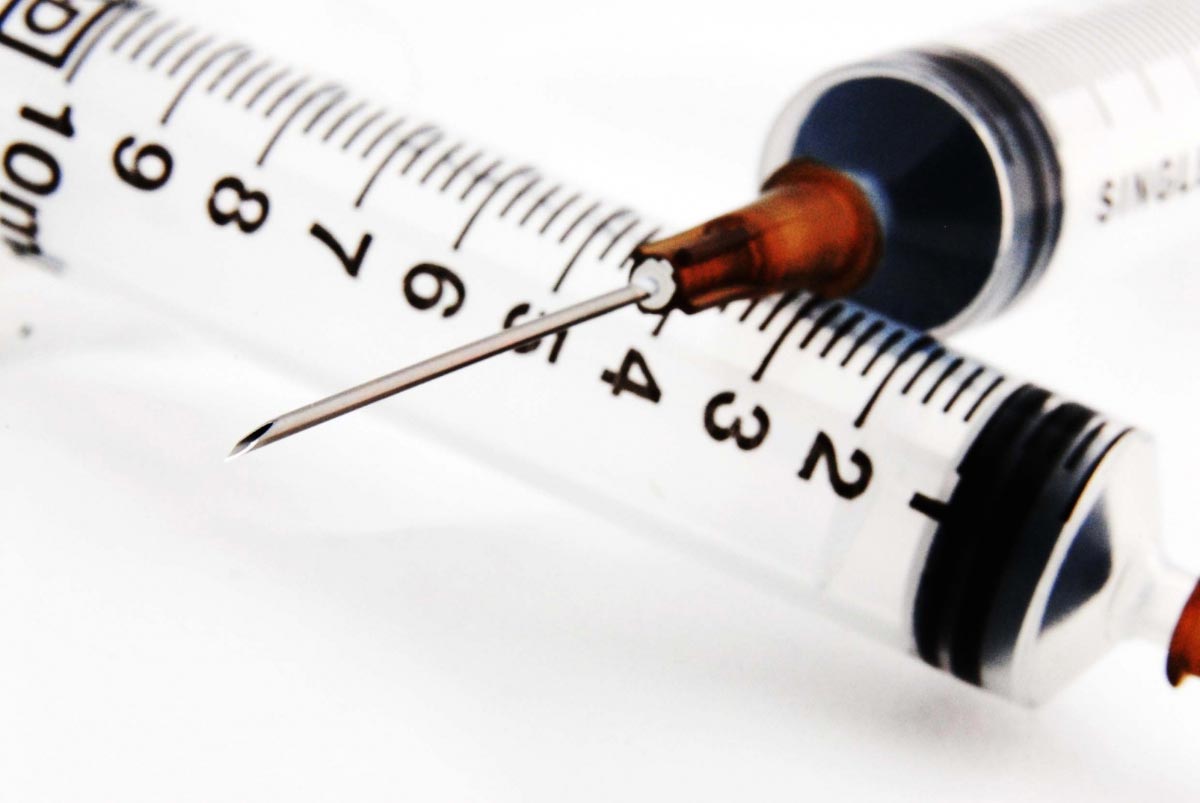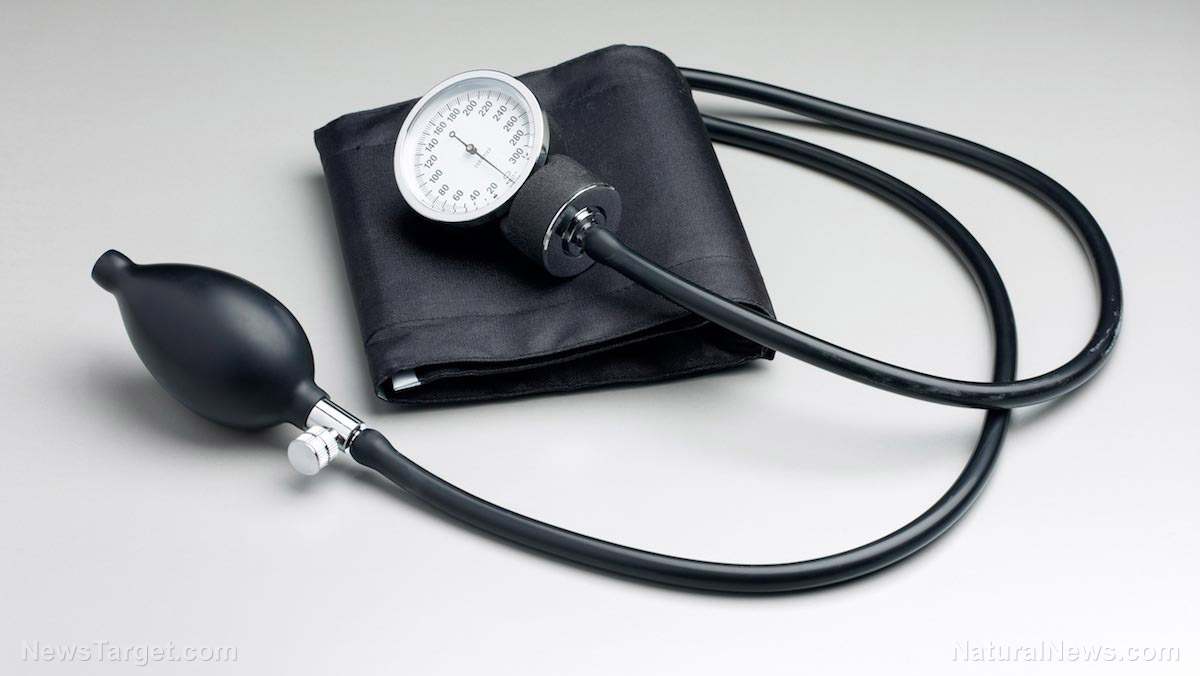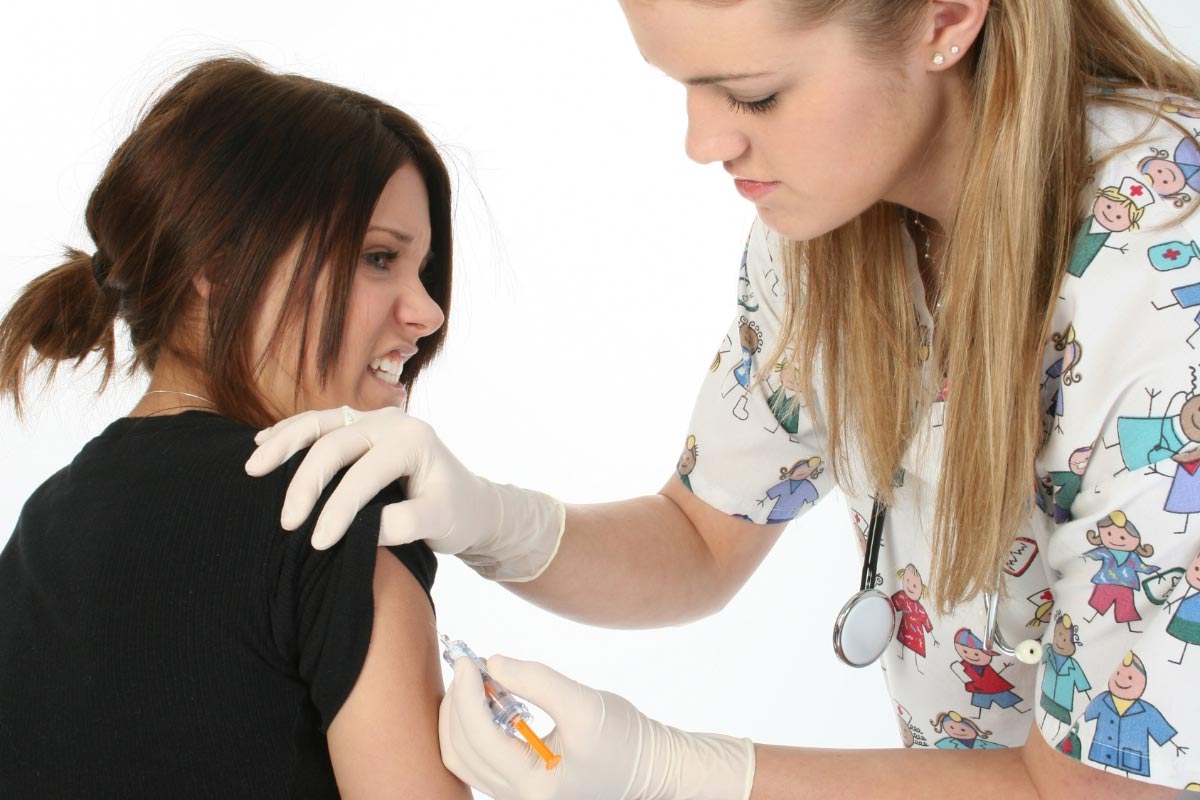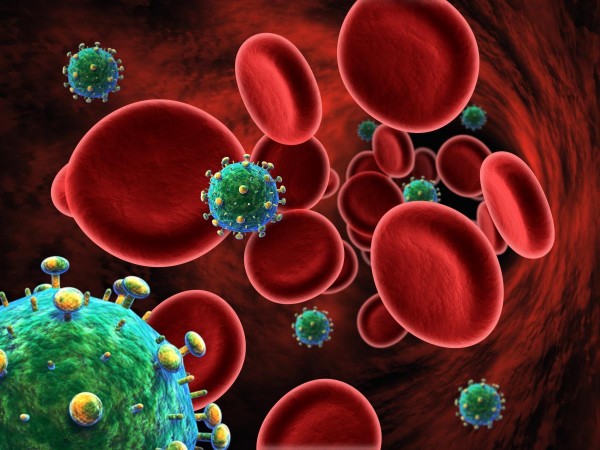Ever-changing breast cancer screening guidelines prioritize one thing above all: Cancer industry PROFITS
05/10/2017 / By Vicki Batts

Will expanding breast cancer screening guidelines really help to save lives, or will it just help to put more dollars into the pockets of those that make up what we collectively call the “cancer industry?”
A recent press release from the Journal of the American Medical Association describes how different facets of the industry have expanded their guidelines for breast cancer screenings under the guise of prevention. Disagreement between medical societies and other organizations about what is “best” is rampant, but they all seem to believe that “more” is better. In 2015, the American Cancer Society revised its guidelines to include yearly mammograms for women 45 years of age or older, and biennial screenings for women who are 55 years of age or older.
The American Congress of Obstetricians and Gynecologists, however, seems to take the cake with their blanket suggestion that all women who are 40 years of age or older should get a yearly mammogram. A recent study, led by Archana Radhakrishnan, M.D., M.H.S. from Johns Hopkins University, found that most physicians seem to recommend annual breast cancer screenings, and that gynecologists were more likely to recommend them to women of all ages when compared to general practitioners.
To anyone wary of modern medicine, this probably isn’t very surprising. Mammograms seem to be all the rage, and are often touted as a top tool for early cancer detection, but are they really the end-all be-all they’re proclaimed to be? Some doctors feel that they may actually be doing more harm than good — and there’s evidence to prove it. (RELATED: Read more stories about the cancer industry at CancerScams.news)
Dr. Michael Baum, Professor Emeritus of Surgery and visiting Professor of Medical Humanities at University College London, made waves for his call to end the UK’s NHS Breast Screening Programme. Baum is a surgical oncologist who is an expert on breast cancer treatment — in fact, Baum was the driving force behind the program’s introduction, back in 1998. Why would he have such a dramatic change of heart? Because, as Dr. Baum puts it, “too many healthy women are harmed by breast cancer screening.” According to Baum, these screenings often detect a form of cancer that is harmless, and that many women who receive treatment wouldn’t have needed any at all, had they not had a breast cancer screening.
And research backs up Baum’s sentiments: A recent Danish study found that one out of every three women who has cancer detected by a mammogram receives unnecessary treatment. Another study out of Canada, which was conducted over a period of 25 years, concluded that mammograms do not decrease the death rate for average-risk women in their forties and fifties. That study also found that 1-in-5 women received unneeded cancer treatment, after having a mammogram. Many studies have found that regular mammograms provide little benefit, but can actually cause quite a bit of harm. Because these “cancers” would not have needed treatment, many women are unnecessarily exposed to chemotherapy and radiation, and some even undergo surgery to have their breasts removed.
As H. Gilbert Welch explains in his new book, Overdiagnosed: Making People Sick in the Pursuit of Health, “The only way to know if the screening is saving lives is by doing a randomized trial. It’s easy to forget this and assume that if technology can find more cancer, it will save more lives. Marketers exploit this assumption. Don’t fall for it.”
As the Canadian study shows, cancer screening via mammogram has virtually no impact on life expectancy for the average middle-aged woman — so why do health agencies continue to push the myth that yearly mammograms are essential?
As Mike Adams has pointed out in the past, mammograms are a great way to recruit future patients — not only can the industry essentially scare women into unwarranted treatments, repeated exposure to radiation (like yearly mammograms) can actually increase your risk of eventually developing cancer.
Sources:
Tagged Under: breast cancer, cancer industry, mammograms






